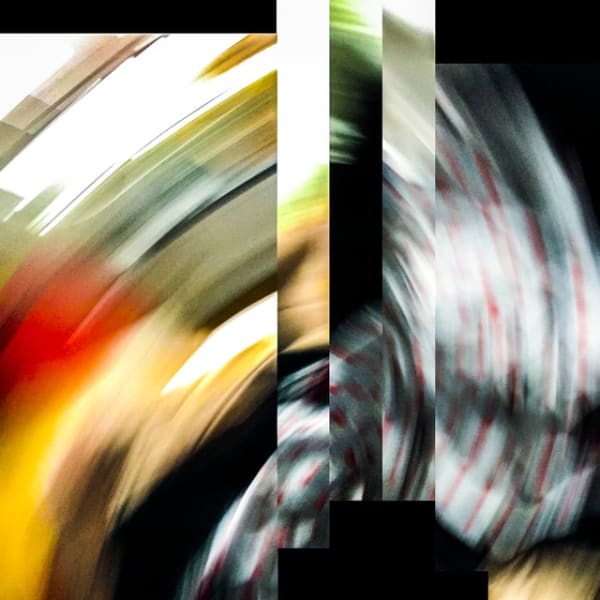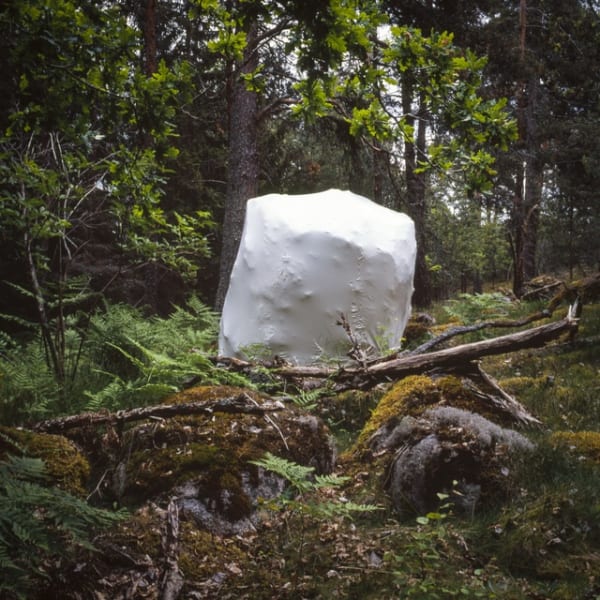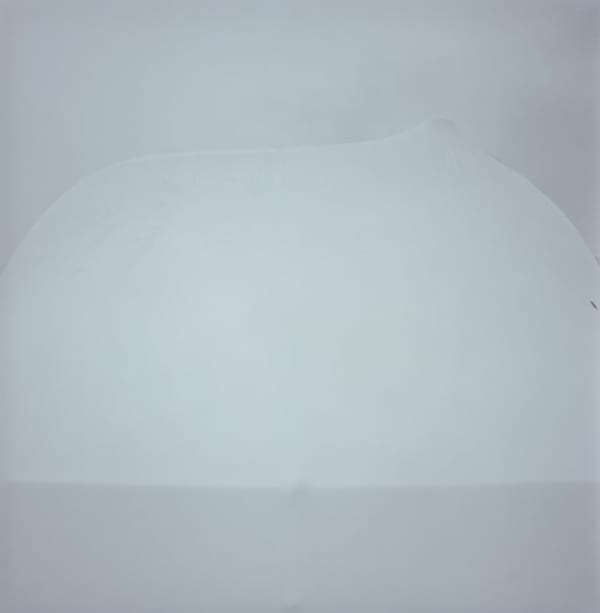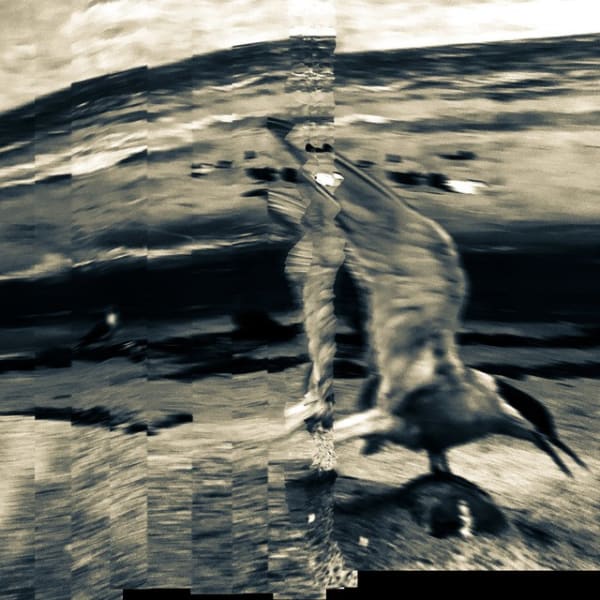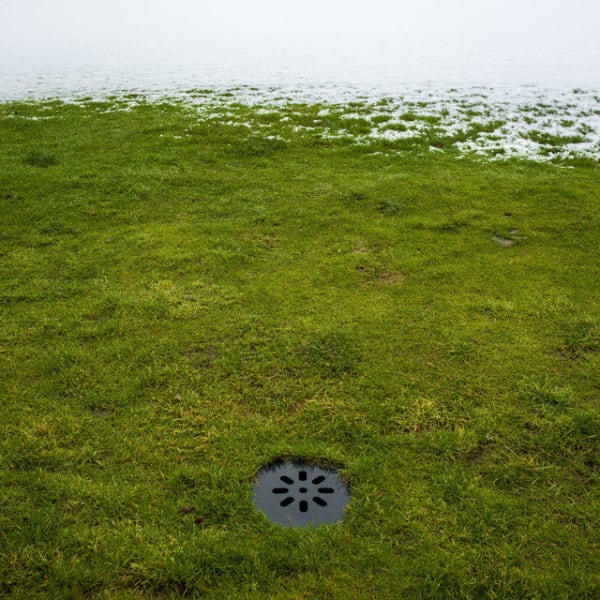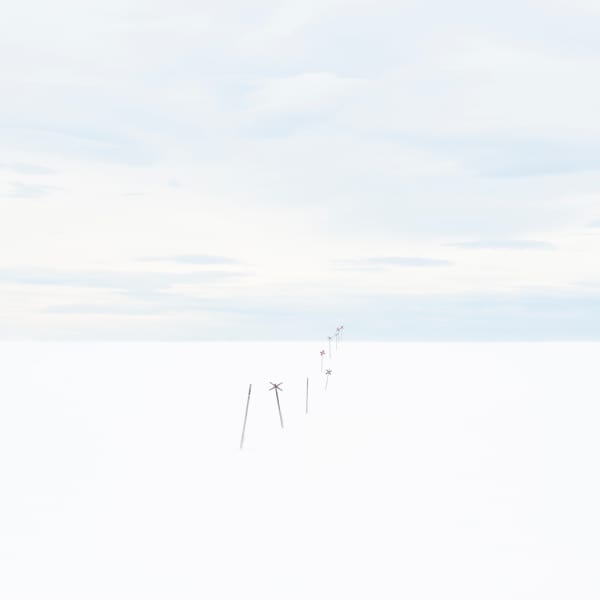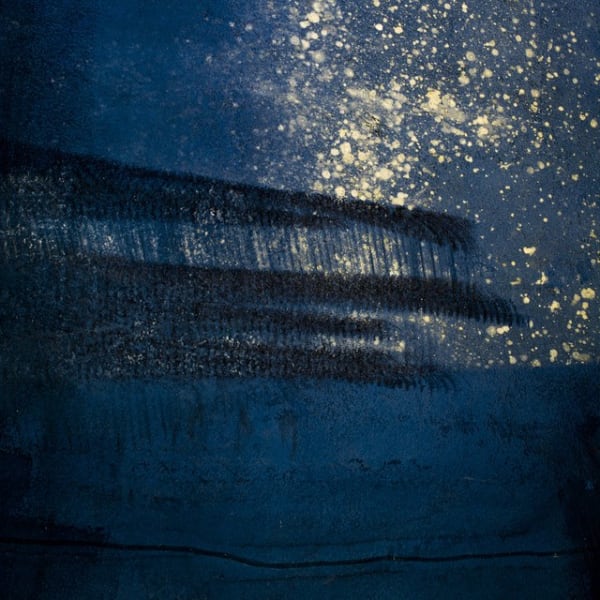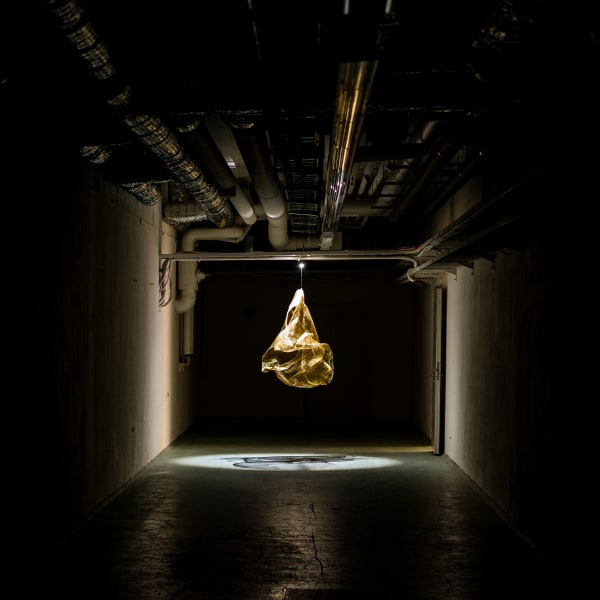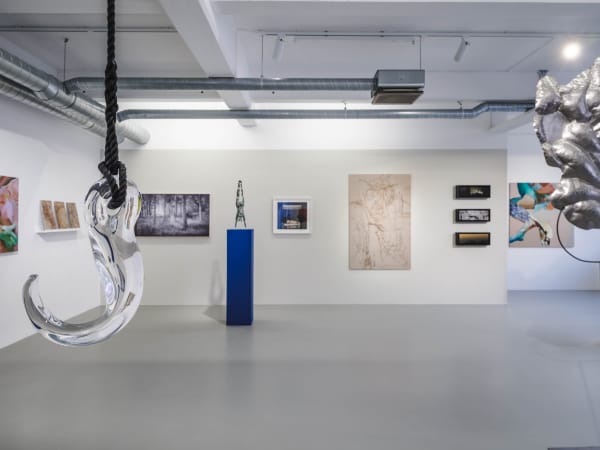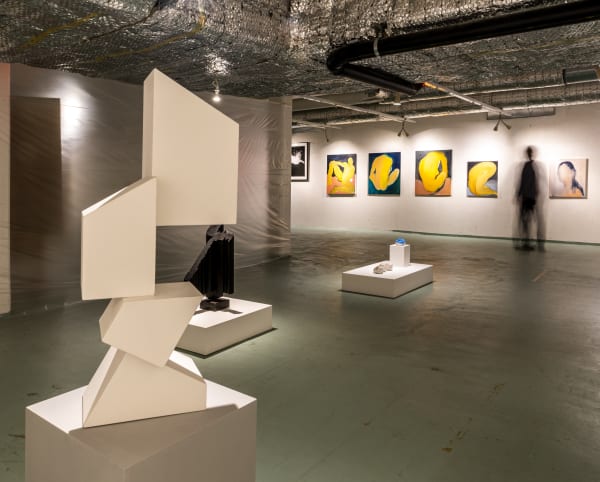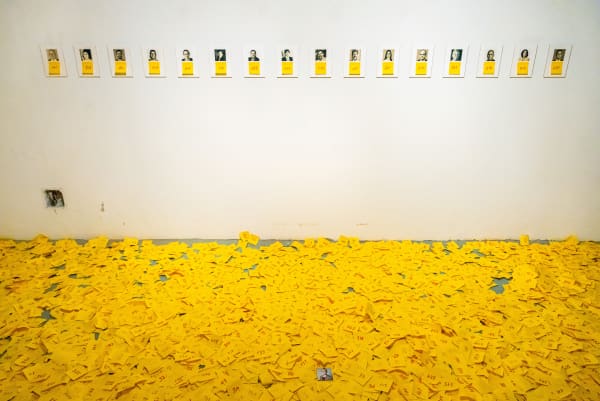Serinyà Catalan-Swedish, b. 1974
Serinyà is interested in what is hidden in plain sight, aspects of reality that are in front of everybody´s eyes and yet nobody seems to notice.
(1974, Girona). Serinyà is a Catalan-Swedish visual artist. For many years, he has investigated the layers of reality and how these are perceived. Serinyà is interested in what is hidden in plain sight, aspects of reality that are in front of everybody´s eyes and yet nobody seems to notice. One of the artist's main tools has been the photographic glitch, but he also works with installations and he has a constant fascination for the physical glitches of the ordinary.
Serinyà studied Fine Arts at the University of Barcelona and photography at GrisArt International Photography School of Barcelona. Since 2006 he lives and works in Stockholm and has had several solo exhibitions and participated in group exhibitions showing images as well as installations.
Member of KRO (Konstnärernas Riksorganisation), Centrum för fotografi and Konsten att Delta.
-

Summer Show | works by gallery artists
1 - 31 Jul 2025We’re doing something new: for the first time ever, the gallery is staying open all through July! To celebrate, we’re filling the space with a hand-picked mix of works by...Read more -

Springbrunn – A group show with our gallery artists
11 Jan - 17 Feb 2024As spring arrives, a palpable sense of hope fills the air, mirroring the transformative thaw of ice that births life-giving water. The way this water shapes itself and flows forward...Read more -

Group show | From Whispers to the Holy Grail
6 Dec 2019 - 10 Jan 2020Please join us as we celebrate exactly one year since our first exhibition and installation as in-house gallery at Embassy House Linnégatan! This Friday, December 6, in honour of our...Read more -

Group show | Democracy under siege
22 Aug - 29 Sep 2019Artists: Santiago Sierra, Maikel Dominguez, Mireia Rocher, Matt Miley, Serinyà, Lana Stephens, Alannah Robins, Anthony Mills and Michel Östlund. On Thursday, August 22, 2019, Galleri Duerr opened the fall season...Read more

